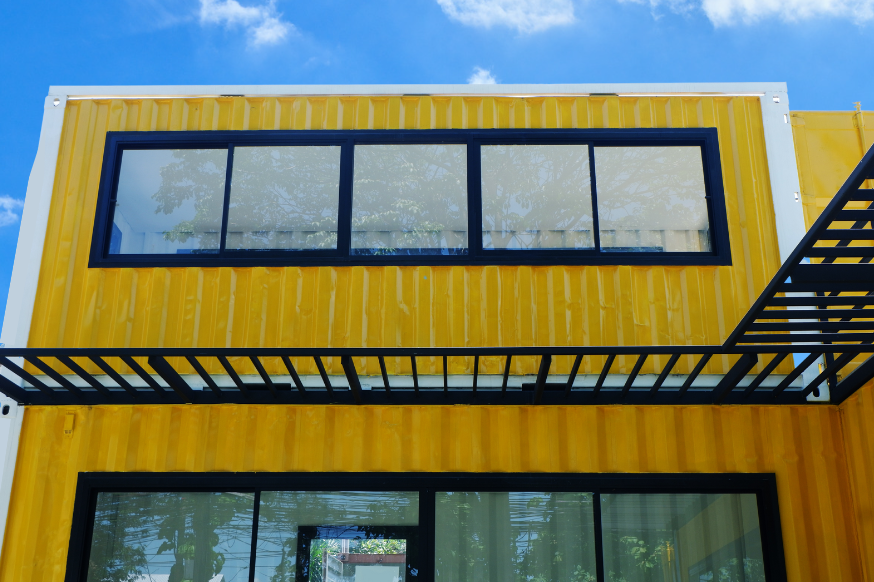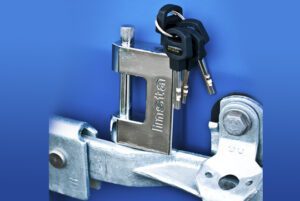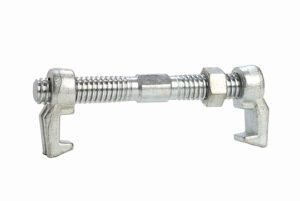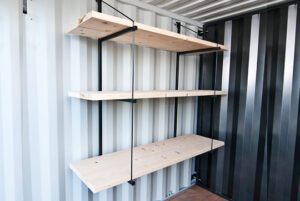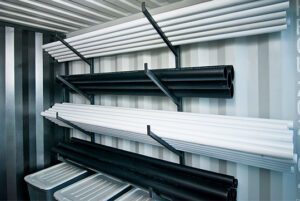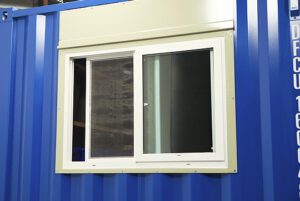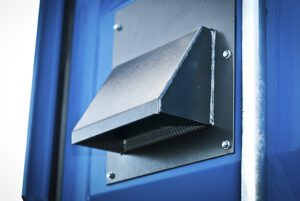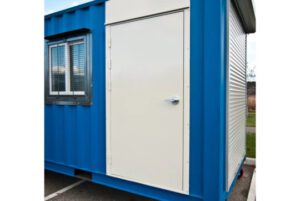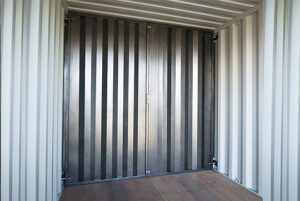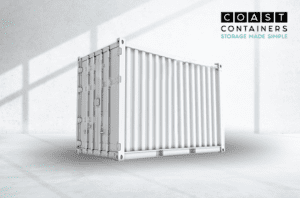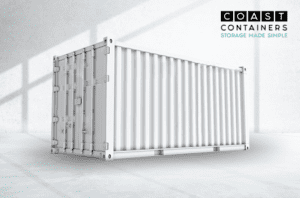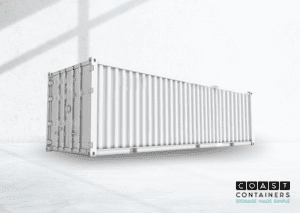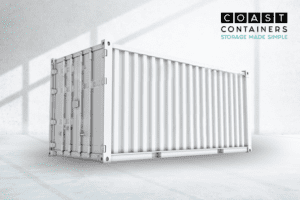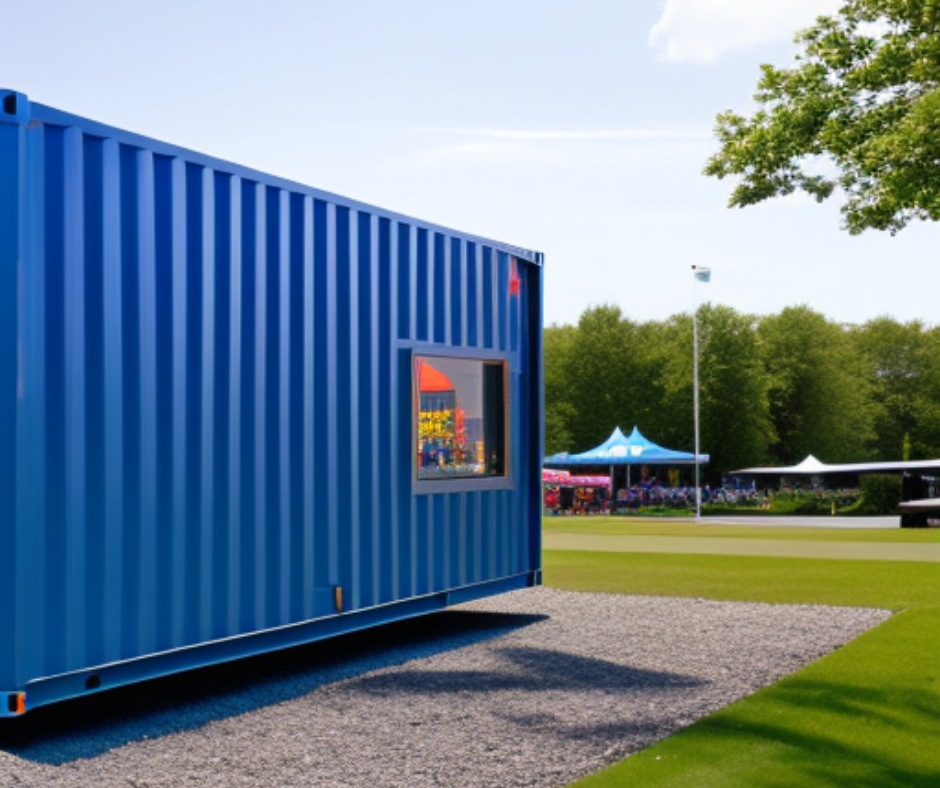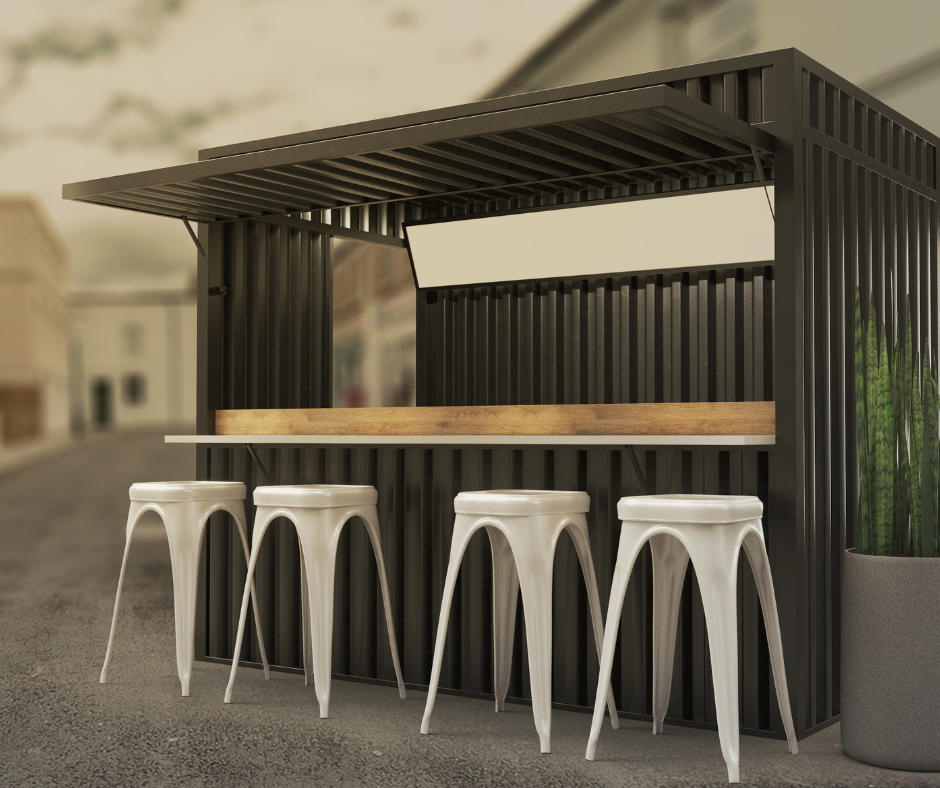When you’re looking for a commercial storage solution, you’ll likely notice that there aren’t a lot of convenient and reliable options available. With storage lockers often being too far away, or having your construction site change areas constantly, it’s very difficult to find something that will work in the long-term – until now.
Many companies have already started utilizing shipping containers to perform various functions at their job sites, from mobile offices, portable break rooms, moveable workshops, and (of course) on-site storage. You may already have some idea as to why shipping containers or sea cans are so popular in the commercial industry but just in case you don’t, we’ll walk through some of the unique benefits that only a shipping container can provide at your commercial job site.
1. Easily Accessible On-Site Storage
One of the main, and most obvious benefits of using a shipping container or sea can at your construction site is for easily accessible, on-site storage. Since shipping containers are designed to be moved quite frequently and come in a variety of sizes from standard height or high cube with 10 ft, 20ft, 40 ft, etc. lengths, they are the perfect solution to storing all your materials, tools, and/or equipment! They also typically feature full swing out doors or a roll-up garage door and are placed only 2″ above the ground so that you and your tools can get in and out easily.
2. Durability & Protection from the Weather
Since they are made of steel, shipping containers or sea cans are extremely durable and are perfect for construction sites or other job sites where heavy machinery and power tools are used frequently. Shipping containers are also built to withstand even the harshest conditions – since their main function is to safely transport cargo overseas in all types of weather, they can easily withstand whatever conditions that Canada can throw at them.
3. Security
As mentioned above, shipping containers are built with heavy duty steel and can withstand all sorts of conditions. Because of this, they are also great places to store your expensive materials and tools away when you’re leaving your job site for the night. With the exterior being solid, the only entryway will be the doors that you use to gain access. To secure those areas, many containers come with, or can be modified to include an anti-theft lockbox that will prevent thieves from being able to use bolt cutters to cut your lock and access your possessions.
4. Portability
As their name implies, Shipping containers are designed to be moved around, often on cargo ships travelling the world (lucky for them) which means that they are built to be both versatile and portable. Many construction companies or other commercial industries often use shipping containers as a moving storage unit that they can bring from job site to job site. Since they are a relatively low-cost investment to purchase (compared to ongoing rentals and continual trips to storage units) they are becoming highly sought-after in this industry.
5. Customizability & Modifications
Made famous by the ‘Tiny Home’ trend, shipping containers can be customized or modified to become virtually anything. From pools to restaurants – there’s no limit to what you can do with one. Depending on your specific needs or wants, what you choose to do with your container may vary, but here are some of the common modifications that are used in the commercial industry:
Portable Office Containers
One of the most common modifications in this industry are converting a shipping container into an office. With the addition of a man-door, windows, vents, and even electrical components, you can easily convert a dark metal container into a warm, inviting office! Check out our pre-made office containers for sale here.
Portable Workshops
Whether you’re working at a residential job site or just need some extra space at your commercial job site to use stationary equipment or other essential functions such as welding. A portable workshop may be a good investment for your company. The best part about using a shipping container as a workshop is that it’s also a secure place to leave your tools and equipment overnight!
Mobile Break Rooms
Similar to office containers, you can modify your sea can to perform other functions such as a break room or lunch room for your staff. You can easily add windows, walls, flooring, doors, and other readily available accessories to ensure that you and your staff have a nice place out of the sun, rain, or snow, to relax while they’re on break. You can check our stock of accessories here as well.
Purchasing a Shipping Container
Now that we’ve covered some of the benefits of using a shipping container for your construction site storage or job site storage, we can explore more options around purchasing a shipping container. Luckily you’re in the right place! At Coast Containers we specialize in the sale and modification of shipping containers and sea cans in Canada. With both new and used shipping containers for sale, we have just what you need for your unique storage needs.
Check out our 20 ft shipping container or 40 ft high cube container, which are both ideal choices as a construction site storage container or commercial storage container. Additionally, we also sell pre-made shipping container offices and accessories. If you have any questions about our shipping containers, dimensions, delivery, etc., check out our useful tips page or give us a call! We’re always happy to help!



